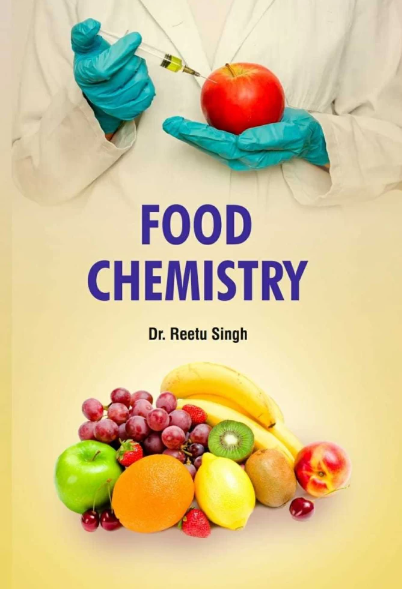Enantioselective toxicological effects of chiral profenofos and 2-Bromo-4-chlorophenol on bovine serum albumin: Molecular-cellular-biological multilevel evaluation
IF 8.5
1区 农林科学
Q1 CHEMISTRY, APPLIED
引用次数: 0
Abstract
As a typical chiral organophosphate insecticide, the enantiomer of profenofos exhibits significant bioselective toxicity in the environment. This study investigates the enantioselective effects of chiral profenofos and 2-Bromo-4-chlorophenol on BSA. Multispectral analysis confirmed that S/R-profenofos and 2-Bromo-4-chlorophenol alterd the microenvironment of BSA, decreasing the α-helices content from 53.6 % to 52.9 %, 53.0 %, and 52.8 %. The binding constants Ka for the interaction of S/R-profenofos and 2-Bromo-4-chlorophenol with BSA were 4.70, 4.66 and 4.23 × 104 M−1, respectively. The LC50 of S/R-profenofos and 2-Bromo-4-chlorophenol for zebrafish were about 0.670, 0.739 and 0.954 mg/L, while the acetylcholinesterase inhibition rate were 86.64 %, 81.21 % and 73.64 %, respectively. The toxicity levels follows the pattern of S-profenofos>R-profenofos>2-Bromo-4-chlorophenol, which was also confirmed by the molecular docking and cell experiments. This study evaluated the interaction mechanism between chiral pesticides and model proteins at the molecular level, providing a new perspective on the food safety risk of chiral pesticides.

手性异丙酚和2-溴-4-氯酚对牛血清白蛋白的对映选择性毒理学效应:分子-细胞-生物学多水平评价
对映体是一种典型的手性有机磷杀虫剂,在环境中表现出明显的生物选择性毒性。研究了手性异丙酚和2-溴-4-氯酚对牛血清白蛋白的对映选择性作用。多光谱分析证实,S/R-profenofos和2- bromo -4- chlorphenol改变了牛血清白蛋白的微环境,使其α-螺旋含量从53.6% %降低到52.9% %、53.0% %和52.8% %。S/R-profenofos和2- bromo -4- chlorphenol与BSA相互作用的结合常数Ka分别为4.70、4.66和4.23 × 104 M−1。S/ r -丙酚和2-溴-4-氯酚对斑马鱼的LC50分别为0.670、0.739和0.954 mg/L,对乙酰胆碱酯酶的抑制率分别为86.64 %、81.21 %和73.64 %。毒性水平遵循S-profenofos>;R-profenofos>;2-溴-4-氯酚的模式,这也被分子对接和细胞实验证实。本研究从分子水平评价了手性农药与模式蛋白的相互作用机制,为研究手性农药的食品安全风险提供了新的视角。
本文章由计算机程序翻译,如有差异,请以英文原文为准。
求助全文
约1分钟内获得全文
求助全文
来源期刊

Food Chemistry
工程技术-食品科技
CiteScore
16.30
自引率
10.20%
发文量
3130
审稿时长
122 days
期刊介绍:
Food Chemistry publishes original research papers dealing with the advancement of the chemistry and biochemistry of foods or the analytical methods/ approach used. All papers should focus on the novelty of the research carried out.
 求助内容:
求助内容: 应助结果提醒方式:
应助结果提醒方式:


